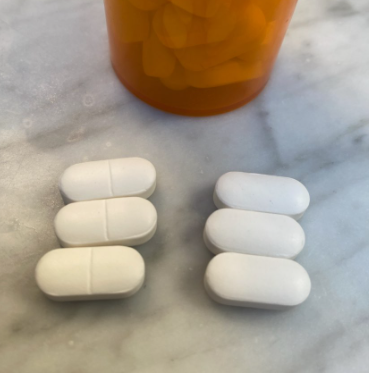Gabapentin is used to treat epilepsy. It’s also taken for nerve pain. Nerve pain can be caused by different illnesses, including diabetes and shingles, or it can happen after an injury.
Occasionally, gabapentin is used to treat migraine headaches.
Gabapentin is available on prescription. It comes as capsules, tablets, and a liquid that you drink.
A doctor will need to sign your prescription by hand, and you’ll need to collect your medicine within 28 days. You’ll need to show the pharmacist proof of your identity.
How gabapentin works ?
In epilepsy, it’s thought that gabapentin stops seizures by reducing the abnormal electrical activity in the brain.
With nerve pain and migraine, it’s thought to interfere with pain messages travelling through the brain and down the spine to block pain.

Gabapentin dosage for partial seizures
Gabapentin is FDA-approved as adjunctive therapy for partial seizures in adults and children 3 years of age or older.
- Standard gabapentin dosage for adults: 300 to 600 mg taken three times per day by mouth.
- Maximum gabapentin dosage for adults: 3600 mg daily in three divided doses.
- Renally impaired patients (kidney disease)—dose amount and dose frequency adjustment:
-
- Creatinine clearance of 30-59 ml/min: 200 to 700 mg twice per day
- Creatinine clearance of 16-29 ml/min: 200 to 700 mg once per day
- Creatinine clearance of 15 ml/min or less: 100 to 300 mg once per day decreased proportionately (1/15 per whole number value) for each decrease in creatinine clearance
- Hemodialysis: dose is dependent on estimated creatinine clearance; a supplemental dose of 125 to 350 mg is given after dialysis